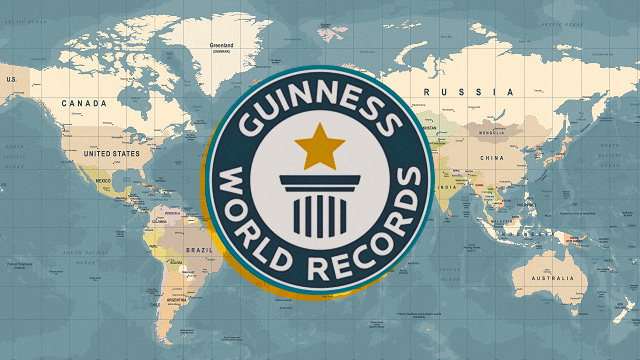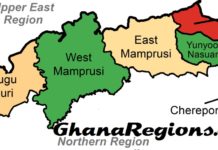
Guinness World Records, originally Guinness Book of Records, has been around since 1955. Up to 187,000 books were sold just for its very first edition, but this number was immediately beat less than a decade later after one million books were sold in 1964.
Described as “the ultimate authority on record-breaking achievements,” the Guinness World Records has since recognized individuals, groups, and institutions for out-of-this-world titles, such as stretchiest skin; or the standard ones, like the longest motorcade or the greatest robbery of all time.
But getting a world record is not as easy as claiming it online (or even just manifesting it). The United Kingdom-based organization has a rigorous application process, from getting your application picked up to verifying exact measurements and documentation.
“Record-breaking is a serious business, which means we have strict policies governing what constitutes a Guinness World Records title in order to maintain these high standards,” the organization said on its website.
Here’s how you can set or break a world record, according to the Guinness World Records:
Find out what makes a Guinness World Records record title.
First of all, a record title must fulfill all of the following criteria: measurable, breakable, standardizable, verifiable, based on one variable, and the best in the world.
Choose a world record to attempt.
You can either break an already existing world record or you can suggest a new idea.
Send in your application.
You can do this by logging in on the Guinness World Records’ website. They already have a multitude of existing world records, so you may want to look for that item first and check if the record is accepting applications. Tap on the “Apply Now” button and fill out the online application form. If you’re applying for a new title, just tap on the “Apply for a new record title” button.
Wait for a response about your application.
If you purchased a priority application, the process takes five working days. A standard application, on the other hand, takes 12 weeks (or more, if there’s a high demand). If your application is accepted, you will receive the record guidelines and next steps.
A vast amount of suggestions for new titles are rejected every year for the following reasons: insufficient description, criteria not met, no standard format, the discrepancy in research or historic records, the title is too specialized, inappropriate or offensive, or it’s a discontinued title. A number of world records are also declined for ethical reasons, such as those that could cause potential harm or danger to spectators, endanger animals, promote food wastage, and other illegal activities in pursuit of record-breaking.
Understand the requirements needed for your attempt at a Guinness World Record.
Guinness World Records provide templates and a strict checklist so you can provide evidence for your record attempt. They need specific formats for photos (i.e. HEIC formats are not accepted), a video, a cover letter, two witness statements, steward statements for mass participation records, and lot more documents.
Practice
You can hold a dry run of your world record attempt just to test the waters.
Carry out your official Guinness World Record attempt.
Once you have your logistics all planned out, you can carry out your attempt. But don’t forget to have independent witnesses present as well as a photographer and videographer. You can also invite an adjudicator because nothing beats the presence of an official Guinness World Records Judge.
Remember: Guinness World Records maintain “high standards” so be careful about declaring any titles or using their logo, especially on social media.
credit: spot

















































![Morocco knock out Spain on 3-0 penalties to reach FIFA World Cup 2022 quarter-final, Morocco vs Spain (0-0) (3-0) [Video]. Morocco knock out Spain on 3-0 penalties](https://ghanaregions.com/wp-content/uploads/2022/12/Watch-Morocco-vs-Spain-0-0-and-3-0-penalties-218x150.jpg)


































